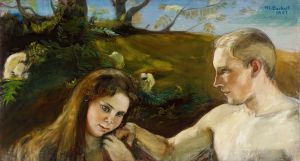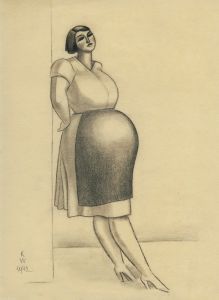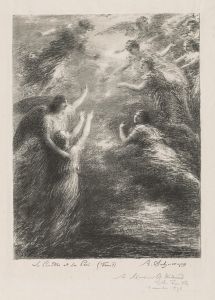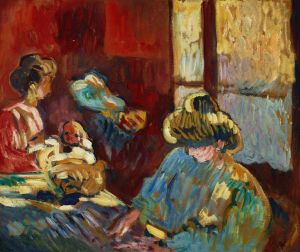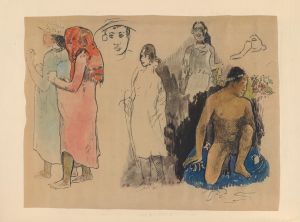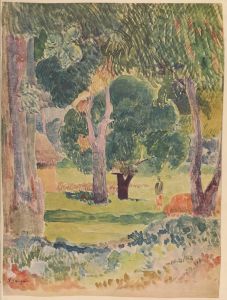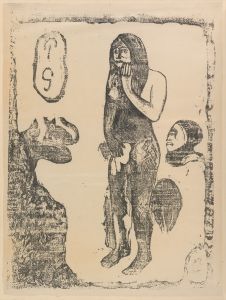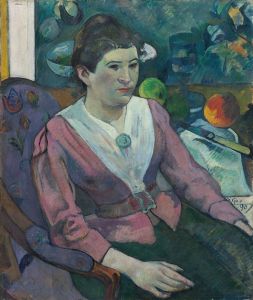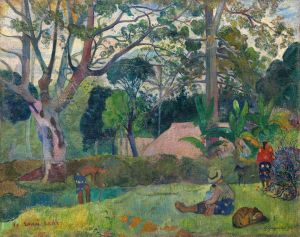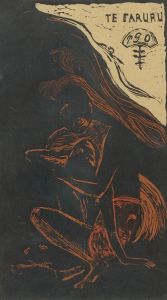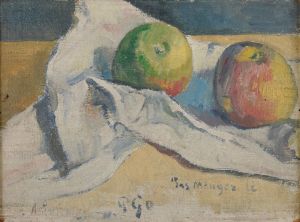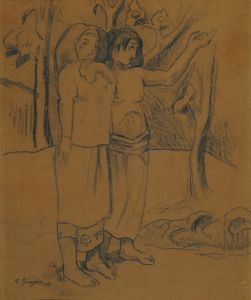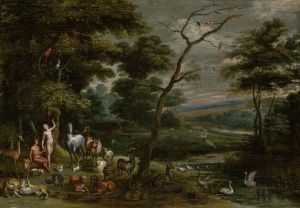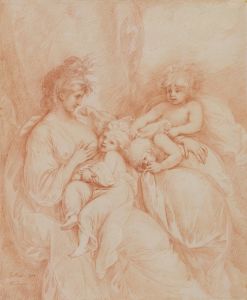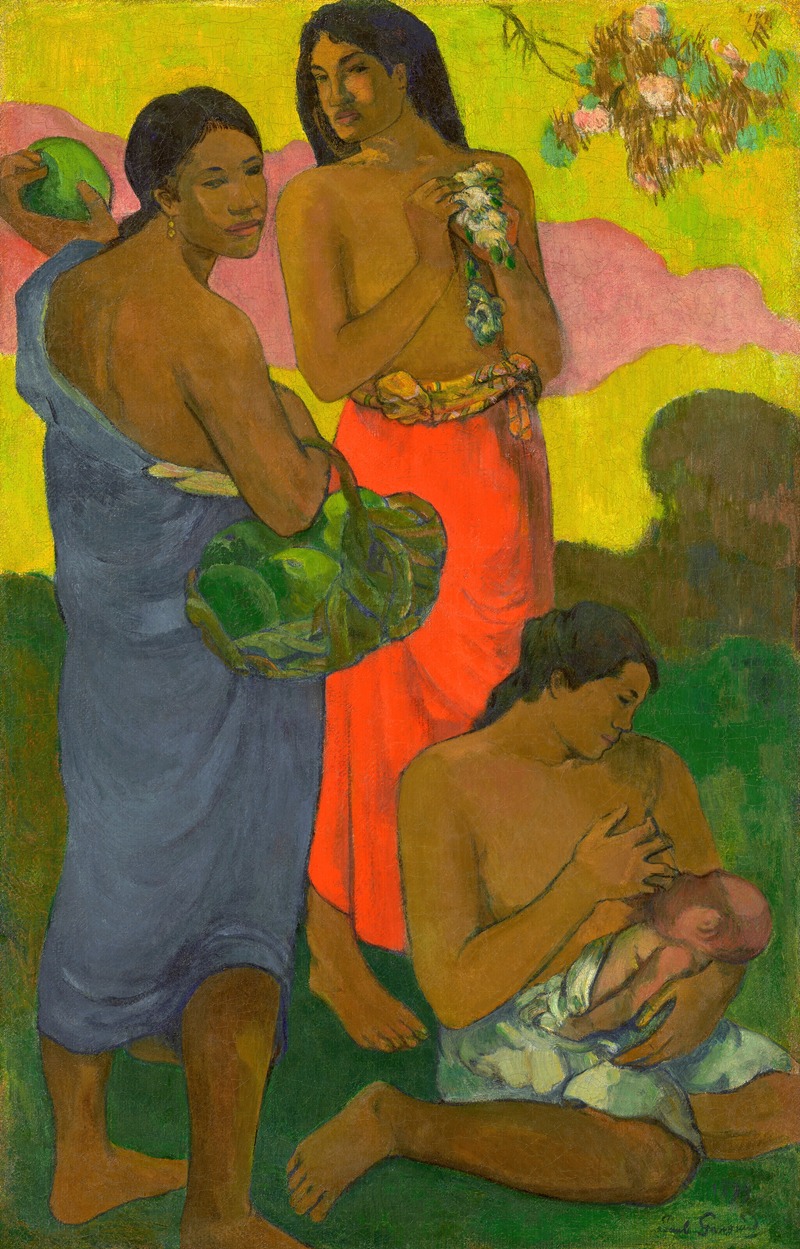
Maternité II
A hand-painted replica of Paul Gauguin’s masterpiece Maternité II, meticulously crafted by professional artists to capture the true essence of the original. Each piece is created with museum-quality canvas and rare mineral pigments, carefully painted by experienced artists with delicate brushstrokes and rich, layered colors to perfectly recreate the texture of the original artwork. Unlike machine-printed reproductions, this hand-painted version brings the painting to life, infused with the artist’s emotions and skill in every stroke. Whether for personal collection or home decoration, it instantly elevates the artistic atmosphere of any space.
Maternité II is a painting by the French Post-Impressionist artist Paul Gauguin, created in 1899 during his time in Tahiti. This work is a part of Gauguin's exploration of themes related to motherhood, a subject he revisited several times throughout his career. The painting reflects Gauguin's fascination with the Tahitian culture and his desire to capture the essence of the people and their way of life.
In Maternité II, Gauguin depicts a Tahitian mother with her child, a common motif in his oeuvre that symbolizes fertility, life, and the bond between mother and child. The composition is characterized by Gauguin's distinctive use of bold colors and simplified forms, which were influenced by his interest in Primitivism and his rejection of European artistic conventions. The figures are rendered in a stylized manner, with an emphasis on flat areas of color and strong outlines, a technique that Gauguin developed to convey emotional depth and spiritual resonance.
The background of the painting is composed of lush, tropical foliage, which serves to situate the figures within the natural environment of Tahiti. This setting not only enhances the exotic appeal of the work but also underscores Gauguin's romanticized vision of Tahitian life as harmonious and unspoiled by Western influence. The vibrant palette, dominated by greens, blues, and earthy tones, further emphasizes the connection between the figures and their surroundings.
Gauguin's time in Tahiti was marked by a search for authenticity and a desire to escape the industrialized world of Europe. He was drawn to what he perceived as the simplicity and purity of Tahitian society, which he believed offered a more genuine and fulfilling way of life. This idealized view is evident in Maternité II, where the serene expressions of the mother and child convey a sense of peace and contentment.
The painting is also notable for its symbolic elements, which reflect Gauguin's interest in spirituality and mythology. The inclusion of certain motifs, such as the fruit held by the mother, can be interpreted as references to fertility and abundance. Gauguin often incorporated such symbols into his work to imbue his paintings with deeper meaning and to connect them to universal themes.
Maternité II is housed in the collection of the Hermitage Museum in Saint Petersburg, Russia. It remains an important example of Gauguin's mature style and his exploration of non-Western subjects. The painting continues to be studied for its artistic innovation and its role in the broader context of Gauguin's work and the Post-Impressionist movement.
Overall, Maternité II exemplifies Gauguin's ability to blend his personal vision with the cultural influences of his surroundings, resulting in a work that is both visually striking and rich in meaning. Through this painting, Gauguin not only captures the essence of Tahitian motherhood but also offers a glimpse into his own quest for meaning and inspiration beyond the confines of Western art.





